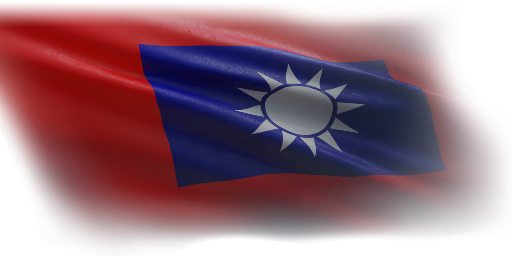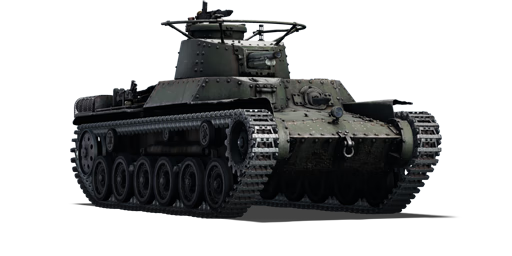The Type 97 Chi-Ha was a medium tank used by the Imperial Japanese Army primarily in the Second Sino-Japanese War and the Battles of Khalkhin Gol against the Soviet Union during World War II. It was also the most widely manufactured Japanese medium tank throughout the war. After Japan surrendered in 1945, the Chinese People’s Liberation Army acquired around 300 Chi-Ha tanks from the USSR. The Northeast Tank Brigade, the Chinese People’s Army’s first tank unit founded on 1 December 1945, was equipped with this tank. However, it was discovered that the Chi-Ha’s reliability was poor, as it frequently broke down, and it became nicknamed the “Old Man Tank” within the PLA. Despite its inherent flaws, the “Old Man Tank” served as the foundation for the PLA’s armoured forces. Following World War II, it participated in bandit suppression activities, campaigns in the south of the Yangtze River, the Battle of Jinzhou, and the Battle of Tianjin.
Introduced in Update 1.91 "Night Vision", the Chi-Ha served as the Chinese Army’s first medium tank. It acquired many fundamental traits of Japanese tanks due to its origins in Japan during World War II, including inadequate armour, an inferior main gun, and good gun depression. It is mounted with a low-velocity 57 mm anti-tank gun designed for infantry support. The overall tank design was not intended to combat other tanks in the first place, as most of the countries that Japan invaded during WWII lacked credible tanks. Overall, it is a medium tank with many weaknesses and must be played carefully in battles to achieve good results.
















